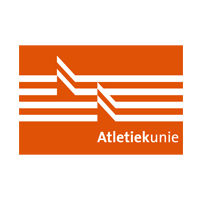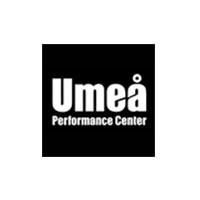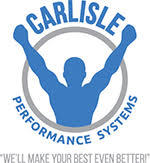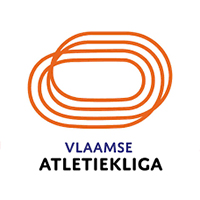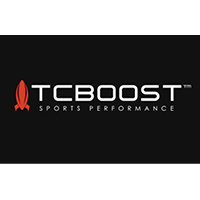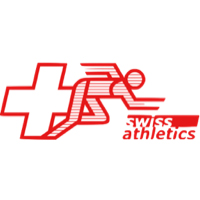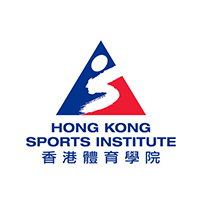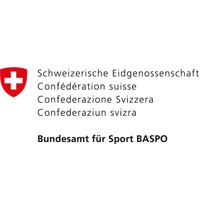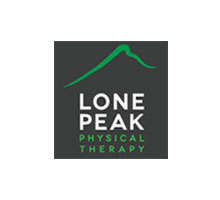Case Studies
Eriksrud O, Parnevik-Muth J, Ghelem A. (2014) 1080 MAP as a quantitative and qualitative tool in the rehabilitation of a high level triathlete with low back and shoulder pain.
(November 07, 2016)
One reason why athletes and patients come to rehabilitation is to decrease pain and dysfunction, and to enhance physical performance. Any functional performance is dependent upon the interaction of mobility of different joints. Global movements, where subject engage the entire kinematic chain, will quantify total movement, or output of the body. One part of 1080 Movement Assessment Profile (1080 MAP) is based upon the unique combination of upper extremity reaches in different directions either measured in centimeters or degrees. Performance on these different global movements will give indications as to what joint(s) or region(s) to target in an intervention that is based upon movement and not symptoms. Furthermore, 1080 MAP can also guide combinations of movements to be used in treatment. The quantitative component of 1080 MAP does not say anything about the quality of the movement. The addition of qualitative assessment to the quantitative measures will provide further information as to what joints and regions to target in follow-up testing and treatment. The purpose of this case study is to investigate the effectiveness of the quantitative and qualitative components of 1080 MAP in guiding treatments for a high level triathlete with low back and shoulder pain.
Eriksrud O, Parnevik-Muth J, Ghelem A. (2014) 1080 MAP as a measure joint mobility in a patient with bilateral hip resurfacing.
(November 07, 2016)
One reason why athletes and patients come to training and rehabilitation is to increase physical performance. Any functional performance is dependent upon the interaction of the mobility of different joints and regions. Joint mobility is traditionally tested joint-byjoint and plane-by-plane in open kinematic chains. This may be one of the reasons why current methods of joint mobility testing fail to correlate with functional movement patterns (Moreside & McGill, 2012) and performance (McGill, Andersen, & Horne, 2012). As a response to this lack relationship to performance Athletic 1080 has developed a whole body mobility screen. 1080 Movement Assessment Profile (1080 MAP) is based upon the unique combination of upper extremity reaches in different directions that are measured in centimeters and degrees. The ability to perform the different reaches is dependent upon the combination of specific joint mobilities. Consequently, the results and analysis of different tests will give information about restricted or normal mobility of different joints and regions (Eriksrud, 2013). The purpose of this case study is to use 1080 MAP movement screen as a measure of mobility and to determine what joint(s) that should be targeted by a mobility intervention.
Riggberger K, Eriksrud O. (2015) The effect of high intensity power training during a competitive international track and field season.
(November 07, 2016)
Many elite athletes have difficulty maintaining the ability to generate power during a long competitive season. Competitions or games are frequent and therefore it is difficult to schedule the necessary training sessions to maintain the power generation capacity in the lower extremities. The purpose of this case study is to investigate if it is possible to maintain and even enhance the power generation capacity of the lower extremities during a competition season
Riggberger K, Eriksrud O. (2015) The effect of short duration high load strength training on international level long jumper.
(November 07, 2016)
Power is fundamental to elite athletic performance (J. Cronin & Sleivert, 2005; Frost, Cronin, & Newton, 2010). Increasing either maximum force or velocity, or both can increase maximum power. Strength training programs designed to increase maximum strength and power commonly last 8-12 weeks (J. Cronin & Sleivert, 2005). It is difficult to obtain information about effective maximum strength training programs for track and field athletes at the international level. The purpose of this case study was to study the effect of a high load short duration maximum strength-training program on power in an international track and field (long jump) athlete.
Ghelem A, Eriksrud O. (2016) The effect of heavy strength training on power development in cycling.
(November 07, 2016)
Power and force output is important in cycling. It has been shown that adding heavy strength training improves performance in well-trained female cyclists (Vikmoen et al., 2015). The purpose of this case study was to look at the effect of heavy strength training in 1080 Quantum on power development in cycling in an elite male triathlete.














